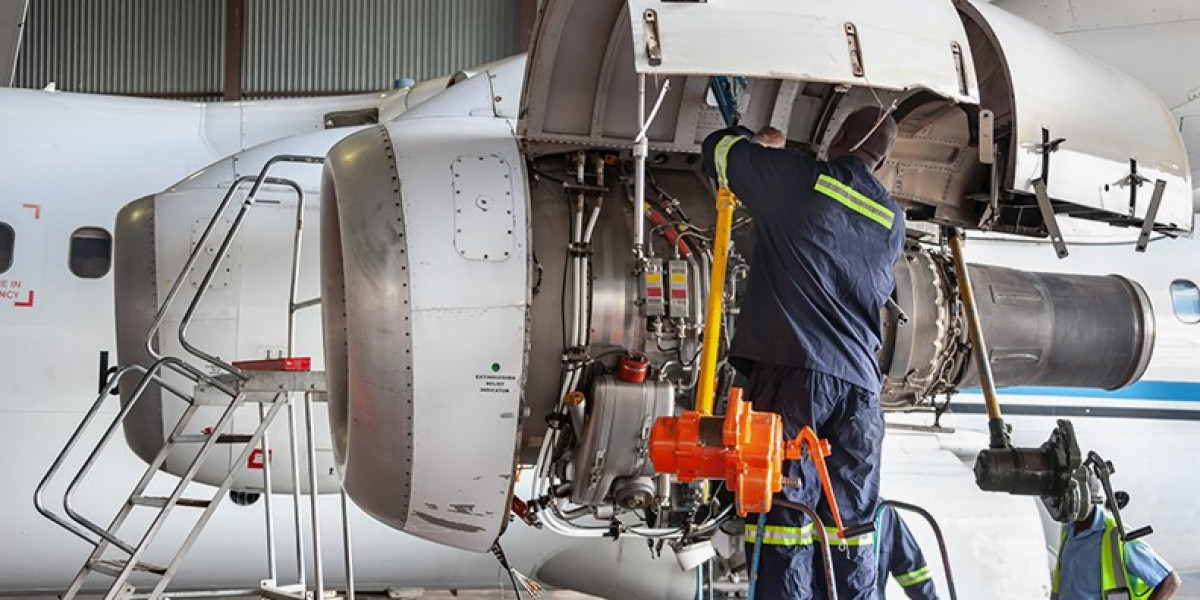Managing fixed-wing aircraft involves a complex set of challenges that require meticulous planning, regulatory compliance, and operational efficiency. Ensuring smooth operations while maintaining safety and cost-effectiveness is a significant concern for aviation professionals. Below, we discuss six common challenges faced in fixed-wing management and how they can be addressed.
1. Regulatory Compliance and Safety Standards
One of the most pressing challenges in fixed-wing management is adhering to stringent aviation regulations. Authorities such as the Federal Aviation Administration (FAA) and the European Union Aviation Safety Agency (EASA) impose strict guidelines on aircraft maintenance, operation, and safety. Non-compliance can result in severe penalties, grounding of aircraft, or even license revocation. Staying updated with regulatory changes, investing in training, and maintaining comprehensive documentation are crucial strategies to mitigate this challenge.
2. Maintenance and Downtime Management
Aircraft maintenance is essential for operational efficiency and safety, yet it often leads to downtime that affects profitability. Predictive maintenance, regular inspections, and the use of advanced diagnostics can help minimize unexpected failures. Implementing a robust maintenance schedule and utilizing digital tracking tools ensures that aircraft remain in optimal condition while reducing unplanned disruptions.
3. Fuel Efficiency and Cost Control
Fuel expenses account for a significant portion of operational costs in fixed-wing aviation. Rising fuel prices and environmental concerns make efficiency optimization a priority. Airlines and private operators are adopting fuel management systems, optimizing flight routes, and investing in fuel-efficient aircraft models. Pilots are also trained in fuel-saving techniques such as reduced engine taxiing and optimized cruise speeds to cut costs and improve efficiency.
4. Pilot and Crew Management
Recruiting and retaining skilled pilots and crew members is another major challenge. The aviation industry faces a shortage of qualified personnel, which can impact flight schedules and operational efficiency. Offering competitive salaries, continuous training programs, and a positive work environment can help attract and retain top talent. Implementing crew scheduling software also improves workforce efficiency and reduces fatigue-related risks.
5. Technological Advancements and Integration
The rapid evolution of aviation technology presents both opportunities and challenges. Incorporating new systems such as next-generation avionics, AI-driven predictive maintenance, and automated flight planning tools requires significant investment and training. Fixed-wing managers must balance technological adoption with cost-effectiveness while ensuring that staff members are proficient in using new systems.
6. Market Fluctuations and Economic Pressures
The aviation industry is highly susceptible to economic fluctuations, fuel price volatility, and demand changes. Global events, pandemics, and geopolitical tensions can affect travel patterns and profitability. Developing a flexible business model, diversifying revenue streams, and maintaining financial reserves help operators navigate uncertain economic conditions.
Successfully managing these challenges requires a strategic approach that combines compliance, efficiency, and technological innovation. By proactively addressing these common hurdles, fixed-wing management teams can ensure safe, reliable, and cost-effective operations.
Conclusion
Managing fixed-wing aircraft requires a comprehensive approach to address the multifaceted challenges of regulatory compliance, maintenance, fuel efficiency, crew coordination, technology integration, and financial sustainability. While these obstacles may be complex, the industry continues to evolve with innovative solutions and strategic planning. By leveraging modern technologies, adopting efficient management practices, and ensuring compliance with evolving regulations, fixed-wing operators can enhance their operational efficiency and long-term profitability. As the aviation industry progresses, staying ahead of these challenges will be essential for maintaining competitiveness and ensuring safe, efficient, and cost-effective flight operations.








